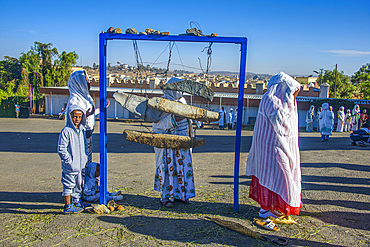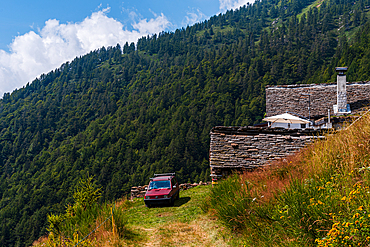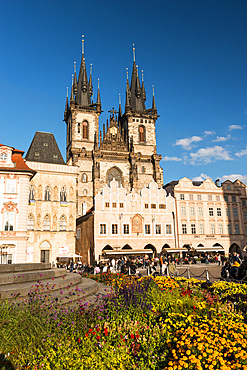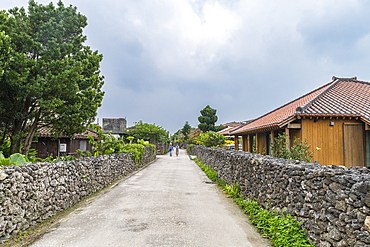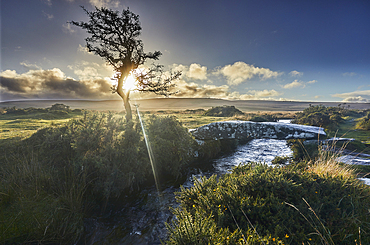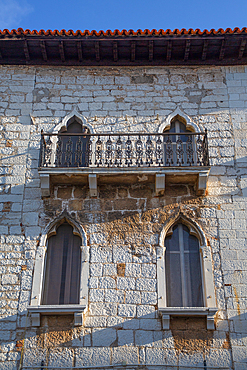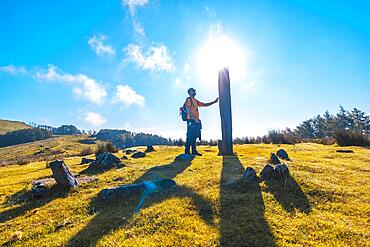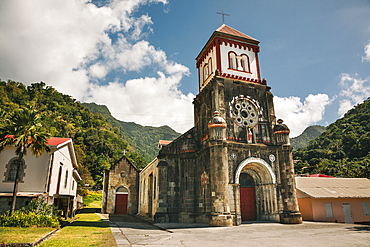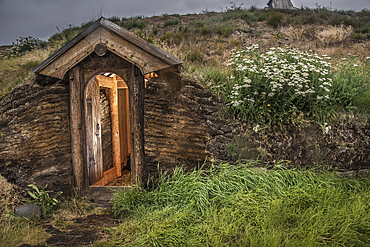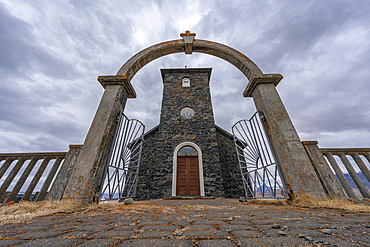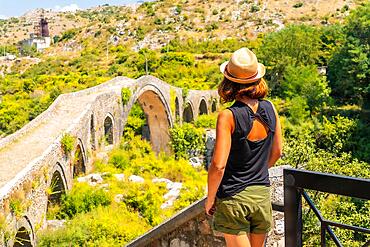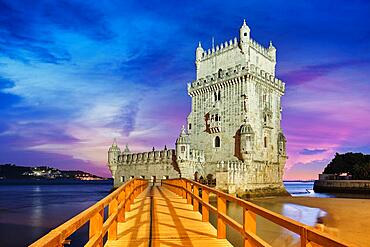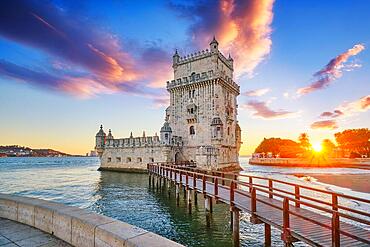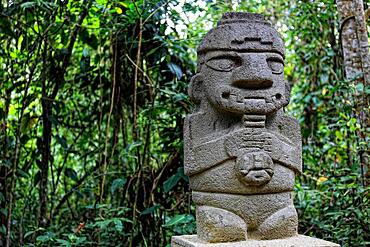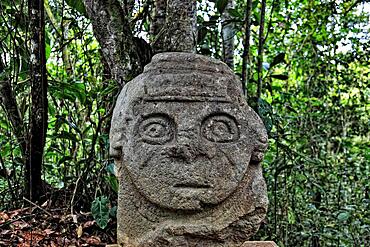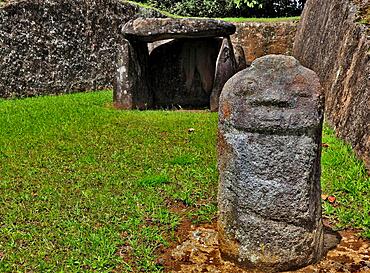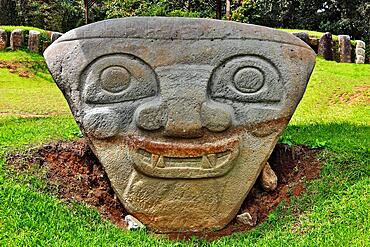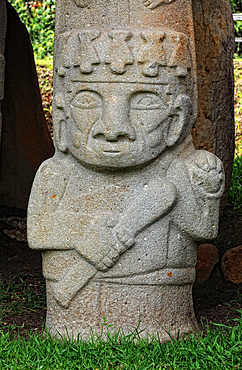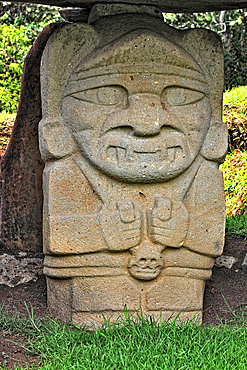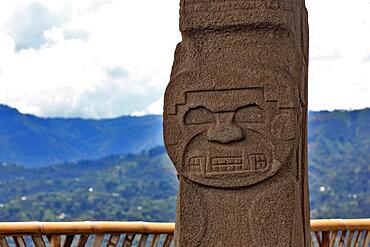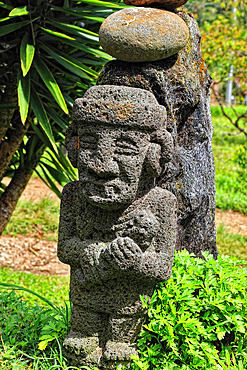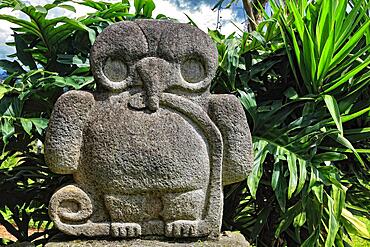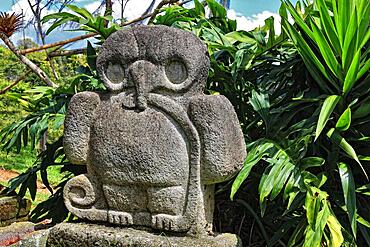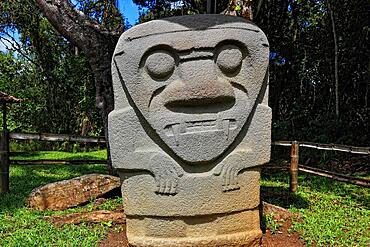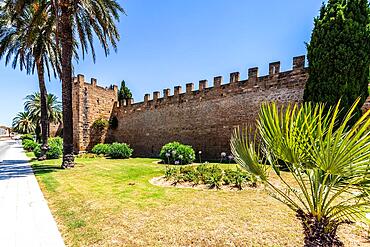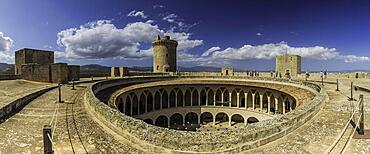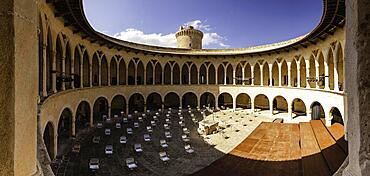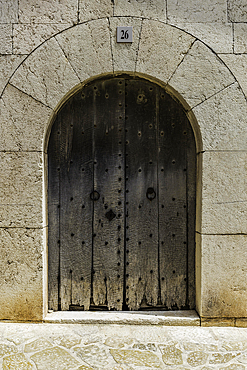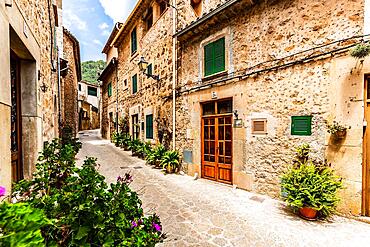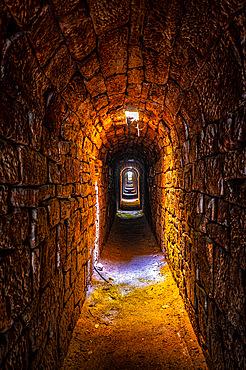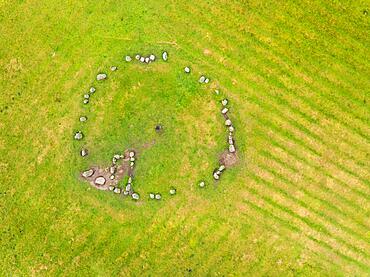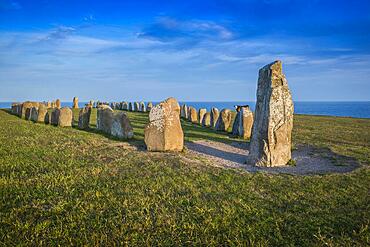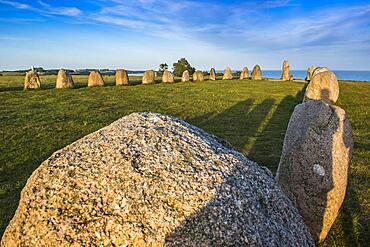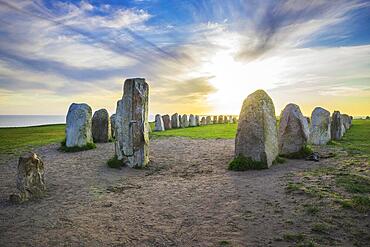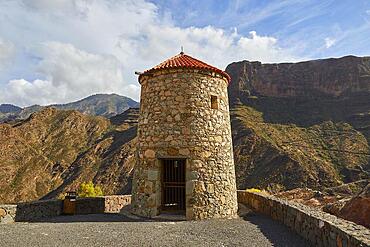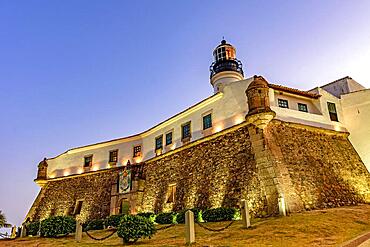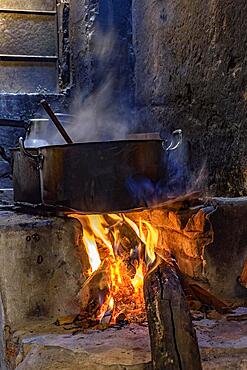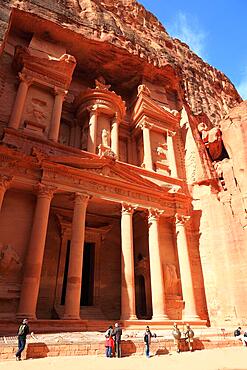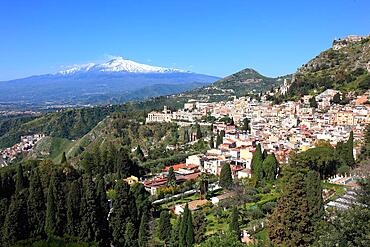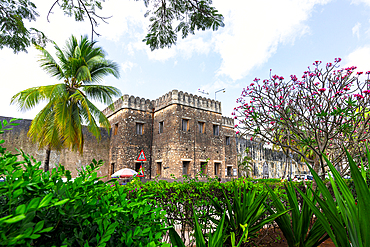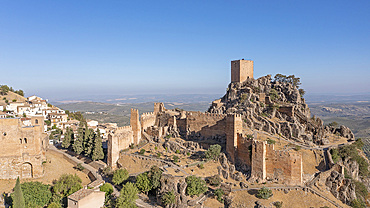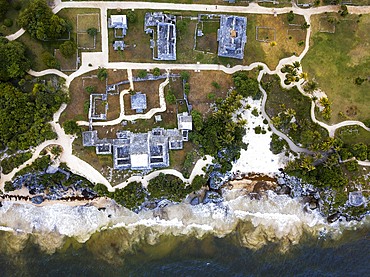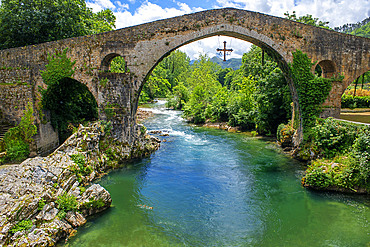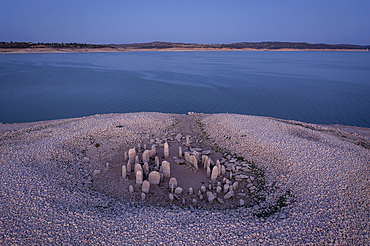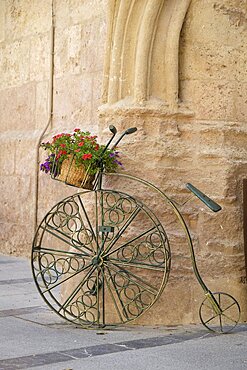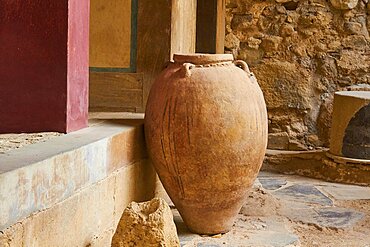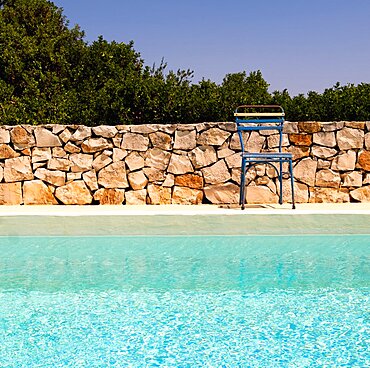Recent searches
Loading...
1184-11897 - Pilgrims at an old stone bell at the coptic cathedral St Mariam, Asmara, capital of Eritrea
1372-155 - Alpine life, stone huts with an old car on mountain slopes and forest, Italian Alps, Italy, Europe
737-773 - Gothic Tyn Church and Stone Bell House, Old Town Square, Old Town (Stare Mesto), UNESCO World Heritage Site, Prague, Czechia, Europe
1184-10871 - Old stone walls, Taketomi Island National Park, Ishigaki, Yaeyama island group, Japan, Asia
1202-690 - A gnarled old hawthorn tree silhouetted by the setting sun, with an ancient stone bridge crossing a stream nearby, on open moorland, Gidleigh Common, near Chagford, Dartmoor National Park, Devon, England, United Kingdom, Europe
801-3589 - Windows in a stone building, Old Town, Porec, Croatia, Europe
832-404222 - A prehistoric dolmen one spring morning on top of Monte Adarra in Urnieta, near San Sebastian. Gipuzkoa, Basque Country
832-404221 - A prehistoric dolmen on top of Monte Adarra in Urnieta, near San Sebastian. Gipuzkoa, Basque Country, vertical photo
832-404220 - Prehistoric dolmen at dawn on top of Monte Adarra in Urnieta, near San Sebastian. Gipuzkoa, Basque Country
832-404219 - Prehistoric dolmen at dawn on top of Monte Adarra in Urnieta, near San Sebastian. Gipuzkoa, Basque Country
1116-52820 - Close-up of the Roman Catholic Church of St Marks in Soufriere, a small fishing village on the Island of Dominica, Soufriere, Dominica, Caribbean
1116-52775 - Stone and turf structure with wooden doorway at the recreated longhouse in Greenland's Brattahlid, Eriksfjord area, part of a reconstruction of Erik the Red's settlement, Kujataa World Heritage Site, Qassiarsuk, Southern Greenland, Greenland
1116-52750 - Archway and front entrance to Þingeyrakirkja on a cloudy day. One of the oldest stone churches in Iceland, North Iceland, Iceland
832-403425 - A tourist woman on the Ottoman Old Mes bridge near Shkoder. Albania, Europe. Ura e Kadiut
832-402265 - Belem Tower or Tower of St Vincent, famous tourist landmark of Lisboa and tourism attraction, on the bank of the Tagus River (Tejo) after sunset in dusk twilight with dramatic sky. Lisbon, Portugal, Europe
832-402264 - Belem Tower or Tower of St Vincent, famous tourist landmark of Lisboa and tourism attraction, on the bank of the Tagus River (Tejo) on sunset. Lisbon, Portugal, Europe
832-402263 - Lisbon famous view from Miradouro dos Barros tourist viewpoint over Alfama old city district, 25th of April Bridge and Christ the King statue. Lisbon, Portugal, Europe
832-402236 - Herd of cattle at shelter, portal tomb Lanyon Quoit in meadow, Neolithic dolmen, Penzance, Cornwall, England, Great Britain
832-402235 - Portal tomb Lanyon Quoit, Neolithic dolmen in a meadow, Penzance, Cornwall, England, Great Britain
832-402234 - Men-an-Tol, Men an Tol, view through perforated stone in a field, Bronze Age megalith, Penzance, Cornwall, England, Great Britain
832-402233 - The Hurlers, Menhirs, Megaliths, Bronze Age Stone Circles, Minions, Bodmin Moor, Cornwall, England, Great Britain
832-402232 - Trethevy Quoit Megalithic Stone Tomb, Dolmen, Portal Tomb, House of the Giant, Evening Sky, Tremar Coombe, Bodmin Moor, Cornwall, England, United Kingdom, Europe
832-402007 - Republic of Colombia, San Augustin, Departamento Huila, archaeological site, prehistoric statues carved from lava and basalt, Colombia, South America
832-402001 - Republic of Colombia, San Augustin, Departamento Huila, archaeological site, prehistoric figures and statues carved from lava and basalt, Colombia, South America
832-402000 - Republic of Colombia, San Augustin, Departamento Huila, archaeological site, prehistoric figures and statues carved from lava and basalt, Colombia, South America
832-401998 - Republic of Colombia, San Augustin, Departamento Huila, archaeological site, prehistoric figures and statues carved from lava and basalt, Colombia, South America
832-401999 - Republic of Colombia, San Augustin, Departamento Huila, archaeological site, prehistoric figures and statues carved from lava and basalt, Colombia, South America
832-401997 - Republic of Colombia, San Augustin, Departamento Huila, archaeological site, prehistoric figures and statues carved from lava and basalt, Colombia, South America
832-401995 - Republic of Colombia, San Augustin, Departamento Huila, archaeological site, prehistoric figures and statues carved from lava and basalt, Colombia, South America
832-401996 - Republic of Colombia, San Augustin, Departamento Huila, archaeological site, prehistoric figures and statues carved from lava and basalt, Colombia, South America
832-401994 - Republic of Colombia, San Augustin, Departamento Huila, archaeological site, prehistoric figures and statues carved from lava and basalt, Colombia, South America
832-401992 - Republic of Colombia, San Augustin, Departamento Huila, archaeological site, prehistoric figures and statues carved from lava and basalt, Colombia, South America
832-401993 - Republic of Colombia, San Augustin, Departamento Huila, archaeological site, prehistoric figures and statues carved from lava and basalt, Colombia, South America
832-401991 - Republic of Colombia, San Augustin, Departamento Huila, archaeological site, prehistoric figures and statues carved from lava and basalt, Colombia, South America
832-401990 - Republic of Colombia, San Augustin, Departamento Huila, archaeological site, prehistoric figures and statues carved from lava and basalt, Colombia, South America
832-401988 - Republic of Colombia, San Augustin, Departamento Huila, archaeological site, prehistoric statues carved from lava and basalt, Colombia, South America
832-401989 - Republic of Colombia, San Augustin, Departamento Huila, archaeological site, prehistoric statues carved from lava and basalt, Colombia, South America
832-401987 - Republic of Colombia, San Augustin, Departamento Huila, archaeological site, prehistoric statues carved from lava and basalt, Colombia, South America
832-401985 - Republic of Colombia, San Augustin, Departamento Huila, archaeological site, prehistoric statues carved from lava and basalt, Colombia, South America
832-401984 - Republic of Colombia, San Augustin, Departamento Huila, archaeological site, prehistoric statues carved from lava and basalt, Colombia, South America
832-401857 - Street in the old town of Mallorca, Alcudia
832-401855 - Castell de Bellver Palma de Mallorca
832-401856 - Castell de Bellver Palma de Mallorca
832-401853 - Street in the old town of Mallorca, Alcudia
832-401693 - Underground escape tunnel made of old natural stones on the Rieseneck hunting estate, Kleineutersdorf, Thuringia, Germany, Europe
832-401689 - Top Down over Castlerigg Stone Circle from a drone, Keswick, Lake District National Park, North West England
832-401361 - The Neolithic Castlerigg Stone Circle dating from around 3000 BC, near Keswick, Lake District National Park, UNESCO World Heritage Site, Cumbria, England, United Kingdom, Europe
832-401362 - The Neolithic Castlerigg Stone Circle dating from around 3000 BC, near Keswick, Lake District National Park, UNESCO World Heritage Site, Cumbria, England, United Kingdom, Europe
832-401332 - Ship setting Ales Stenar, Kaseberga, Skane, Sweden, Europe
832-401331 - Ship setting Ales Stenar, Kaseberga, Skane, Sweden, Europe
832-401330 - Ship setting Ales Stenar, Kaseberga, Skane, Sweden, Europe
832-401328 - Belem Tower or Tower of St Vincent, famous tourist landmark of Lisboa and tourism attraction, on the bank of the Tagus River Tejo in evening dusk after sunset with dramatic sky. Lisbon, Portugal, Europe
832-401327 - Belem Tower or Tower of St Vincent, famous tourist landmark of Lisboa and tourism attraction, on the bank of the Tagus River Tejo on sunset. Lisbon, Portugal, Europe
1216-690 - Whitewashed trulli houses along street in the old town, UNESCO World Heritage Site, Alberobello, Puglia, Italy, Europe
1216-687 - Traditional old car in Alberobello, Puglia, Italy, Europe
832-401030 - Unesco site Senegambian stone circles, Wassu, Gambia, Africa
832-401029 - Unesco site Senegambian stone circles, Wassu, Gambia, Africa
832-401028 - Unesco site Senegambian stone circles, Wassu, Gambia, Africa
832-401027 - Unesco site Senegambian stone circles, Wassu, Gambia, Africa
832-401026 - Unesco site Senegambian stone circles, Wassu, Gambia, Africa
832-400808 - Old restored stone windmill, canyon walls, cloudy blue sky, Barranco de la Aldea, canyon, Gran Canaria, Canary Islands, Spain, Europe
832-400504 - Stone tablet with old Croatian writing, fishing village Valun, Cres Island, Adriatic Sea, Kvarner Bay, Croatia, Europe
832-400503 - Stone tablet with old Croatian writing, fishing village Valun, Cres Island, Adriatic Sea, Kvarner Bay, Croatia, Europe
832-400502 - Stone tablet with old Croatian writing, fishing village Valun, Cres Island, Adriatic Sea, Kvarner Bay, Croatia, Europe
832-400223 - Stone guardhouse on the walls of an old colonial-style fort on the seafront of Salvado in Bahia, Brasil
832-400218 - Facade and stone wall of the old and historic fort and lighthouse Barra during sunset in the city of Salvador, Bahia, Brasil
832-400179 - Traditional Brazilian food being prepared on old and popular wood stove, Brasil
832-399914 - Stone circle on the Belchen, Black Forest, Germany, Europe
1366-1072 - Europe, Portugal, Monsanto. An old blue wooden door in a stone wall.
832-399474 - Khazne al-Firaun, Pharaohs treasure house, a mausoleum carved out of the rock by the Nabataeans in the ancient city of Petra, Unesco World Heritage Site, Jordan, Asia
832-399248 - DOLCEACQUA, ITALY - CIRCA AUGUST 2020: Dolceacqua panorama with the ancient roman bridge made of stones and the castle
832-398572 - Taormina, view of the city and the volcano Etna from the ancient theatre, Etna, Sicily, Italy, Europe
832-398280 - The Stone Circles of Wassu, UNESCO World Heritage Site in Wassu, Gambia, West Africa, Africa
832-398281 - The Stone Circles of Wassu, UNESCO World Heritage Site in Wassu, Gambia, West Africa, Africa
832-398279 - The Stone Circles of Wassu, UNESCO World Heritage Site in Wassu, Gambia, West Africa, Africa
1179-6147 - The Old Fort, Arabic fortress in Stone Town, UNESCO World Heritage Site, Zanzibar, Tanzania, East Africa, Africa
1179-6146 - Market in the old town, Stone Town, Zanzibar, Tanzania, East Africa, Africa
1179-6145 - Market in the old town, Stone Town, Zanzibar, Tanzania, East Africa, Africa
1179-6133 - Overhead view of historical buldings in the old town, Stone Town, Zanzibar, Tanzania, East Africa, Africa
1350-6506 - Castle ruins, in La Iruela, Sierra de Cazorla, Andalusia, Spain
1350-6597 - Aerial views of El Castillo and the Ruins of the Mayan temple grounds at Tulum, Quintana Roo, Yucatan, Mexico. Tulum is the site of a pre-Columbian Mayan walled city which served as a major port for Coba, in the Mexican state of Quintana Roo. The ruins are situated on 12 meter 39 ft tall cliffs along the east coast of the Yucatán Peninsula on the Caribbean Sea in the state of Quintana Roo, Mexico. Tulum was one of the last cities built and inhabited by the Maya; it was at its height between the 13th and 15th centuries and managed to survive about 70 years after the Spanish began occupying Mexico. Old World diseases brought by the Spanish settlers appear to have resulted in very high fatalities, disrupting the society, and eventually causing the city to be abandoned.
1350-6599 - Aerial views of El Castillo and the Ruins of the Mayan temple grounds at Tulum, Quintana Roo, Yucatan, Mexico. Tulum is the site of a pre-Columbian Mayan walled city which served as a major port for Coba, in the Mexican state of Quintana Roo. The ruins are situated on 12 meter 39 ft tall cliffs along the east coast of the Yucatán Peninsula on the Caribbean Sea in the state of Quintana Roo, Mexico. Tulum was one of the last cities built and inhabited by the Maya; it was at its height between the 13th and 15th centuries and managed to survive about 70 years after the Spanish began occupying Mexico. Old World diseases brought by the Spanish settlers appear to have resulted in very high fatalities, disrupting the society, and eventually causing the city to be abandoned.
1350-6665 - The hump-backed "Roman Bridge" on the Sella River. Cangas de Onis, Asturias, Spain
1350-6664 - Inside Basílica de Santa María la Real de Covadonga catholic church in Cangas de Onis, Picos de Europa, Asturias, Spain, Europe.
In 1777 a fire destroyed the old temple, which stood adjacent to the Holy Cave where Our Lady of Covadonga is revered. It was then decided to raise a new church as a monumental sanctuary, raising donations from all of Spain; the plan was opposed by the local council, as the canons wanted to rebuild the temple of the Holy Cave and build an ambitious sanctuary that had once been designed by Ventura Rodríguez, but never completed. One century later, the project was resumed by King Alfonso XII of Spain, who was interested in completing this work. The classic design of Ventura Rodríguez was very difficult and expensive and was replaced by a new neo-Medieval design.
1350-6663 - Our Lady of Covadonga. The Blessed Virgin Mary, and a Marian shrine devoted to her at Basílica de Santa María la Real de Covadonga catholic church in Cangas de Onis, Picos de Europa, Asturias, Spain, Europe.
In 1777 a fire destroyed the old temple, which stood adjacent to the Holy Cave where Our Lady of Covadonga is revered. It was then decided to raise a new church as a monumental sanctuary, raising donations from all of Spain; the plan was opposed by the local council, as the canons wanted to rebuild the temple of the Holy Cave and build an ambitious sanctuary that had once been designed by Ventura Rodríguez, but never completed. One century later, the project was resumed by King Alfonso XII of Spain, who was interested in completing this work. The classic design of Ventura Rodríguez was very difficult and expensive and was replaced by a new neo-Medieval design.
1350-6457 - Dolmen of Guadalperal. The monument is within the Valdeca�as reservoir in the Tajo River, Caceres, Spain
1350-6458 - Dolmen of Guadalperal. The monument is within the Valdeca�as reservoir in the Tajo River, Caceres, Spain
1178-43971 - Spain, Cordoba, Penny farthing bicycle planter in front of old stone building
846-3173 - View over conical stone roofs of traditional trulli houses in the old town, Alberobello, Puglia, Italy, Europe
846-3169 - View over conical stone roofs of traditional trulli houses in the old town, Alberobello, Puglia, Italy, Europe
832-398030 - Famous piligrimage site Jetavaranama dagoba Buddhist stupa in ancient city Anuradhapura, Sri Lanka, Asia
832-398032 - Greece Cape Sounio. Ruins of an ancient temple of Poseidon, Greek god of the sea, on sunset. Shot of temple ruins on sunset. Tourist landmark of Attica, Sounion, Greece, Europe
832-397829 - Single pithoi, clay vessel, red rectangular column, stone wall, stone ashlar, Palace of Knossos, Heraklion, Central Crete, Island of Crete, Greece, Europe
832-397728 - Taj Mahal on sunrise sunset reflection in Yamuna river panorama in fog, Indian Symbol, India travel background. Agra, Uttar Pradesh, India, Asia
1178-43897 - Italy, Apulia, Monopoli, Stone church in old town
1178-43901 - Italy, Apulia, Brindisi Province, Ostuni, Chair next to swimming pool
1178-43894 - Italy, Apulia, Lecce Province, Otranto, Old town on sea coast
